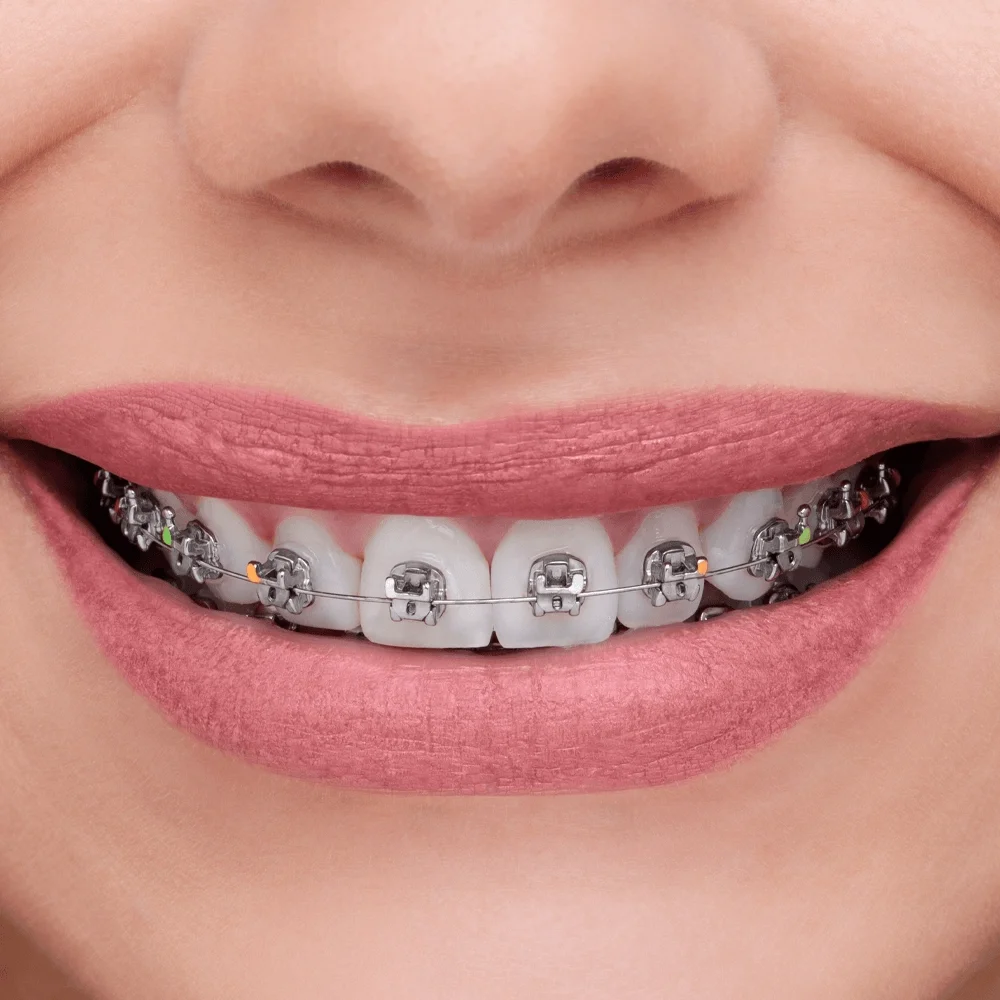
Orthodontics
Self-ligating Braces
Self-ligating braces are an advanced orthodontic system designed to align and straighten teeth using a specialized bracket that holds the archwire in place without the need for elastic or metal ligatures. Instead, they use a small built-in door or clip that secures the wire, allowing it to slide as teeth move into position.
Advantages:
Reduced treatment time in some cases
Shorter appointments
Less friction and discomfort
Easier oral hygiene (no elastic ties to trap plaque)
They are more aesthetic
Invisible aligners
Invisible aligners are a modern orthodontic treatment that uses a series of custom-made, clear plastic trays to gradually move teeth into the desired position. They are an alternative to traditional metal or ceramic braces, offering a more aesthetic and comfortable way to straighten teeth.
How they work?
Invisible aligners apply gentle, controlled pressure to specific teeth over time.
Each set of aligners is worn for approximately 1–2 weeks, after which the patient switches to the next set in the sequence.
The aligners are designed using digital 3D scans or impressions, allowing precise planning of each movement stage.
Advantages:
Aesthetic appearance: Invisible and discreet
Comfort: No brackets or wires to irritate gums or cheeks.
Removable: Easy to take out for eating, drinking, brushing, and flossing.
Oral hygiene: Easier to maintain clean teeth and gums during treatment.
Predictable results: Treatment is digitally planned and visualized before starting, allowing precise planning of each movement stage.
Disadvantages:
Requires discipline: Must be worn at least 20–22 hours per day for effective results.
Not ideal for all cases: Severe malocclusions or complex bite problems may require braces.
Higher cost: Often more expensive than traditional braces.
Can be lost or damaged: Since they are removable, aligners can be misplaced or broken if not handled properly.


